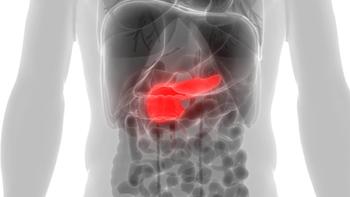
An independent data monitoring committee recommended the continuation of the phase 2 AMPLIFY-7P trial evaluating ELI-002 7P in PDAC in August 2025.

Your AI-Trained Oncology Knowledge Connection!


An independent data monitoring committee recommended the continuation of the phase 2 AMPLIFY-7P trial evaluating ELI-002 7P in PDAC in August 2025.

Additional time is necessary to confirm the depth and durability of responses observed in the phase 1 CAMMA 1 study.

As noted in the letters, "ACRO’s comments seek to ensure ongoing access to high-quality, state-of-the-art radiation oncology services."

Attitudes toward the use of AI in health care were split 50/50, according to a recent survey conducted by the Cancer Support Community.

Clinicians discuss the best treatment options for a 46-year-old woman diagnosed with BRAF+ melanoma.

Reducing the manufacturing time of CAR T-cell therapy may have a big impact on the treatment of patients with mantle cell lymphoma.
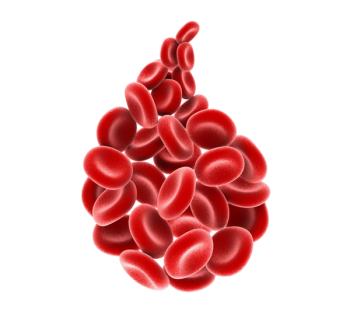
Responses observed with the elranatamab-based regimen in the MagnetisMM-6 trial are anticipated to deepen with longer follow-up.

Sally Werner, RN, BSN, MSHA, discusses the crucial role of psychosocial oncology in cancer care, including how clinicians and administrators can advocate for these vital services.

The next-generation ADC, CRB-701, demonstrated an emerging objective response rate of 57% in a subgroup of patients with HNSCC.

Clinical benefit with the investigational agent was reported among 48% of patients with solid tumors at or above the therapeutic dose threshold.

Future biomarker analysis will include correlation of efficacy with SLFN11 expression and with markers of DNA damage repair.

Gary Steinberg, MD, highlights the FDA approval of the gemcitabine intravesical system and what this means for patients with BCG-unresponsive NMIBC.

The test may help identify patients with microsatellite instability-high colorectal cancer who benefit from nivolumab therapy alone or with ipilimumab.
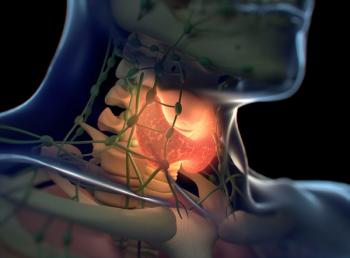
Data from a phase 1/2a trial showed that plixorafenib-based care achieved a median PFS of 63.9 months in patients with BRAF-altered thyroid cancers.

Ongoing studies in kidney cancer aim to explore determinants of immune-related adverse effects and strategies for mitigating them.

Data from the IDeate-Lung01 trial support the potential role that ifinatamab deruxtecan may play in the management of extensive-stage small cell lung cancer.

Findings from a phase 1 trial and the REJOICE-Ovarian01 trials supported the FDA’s decision to grant the designation to R-DXd in those with gynecologic cancers.

Machine learning–based approaches may play a role in further understanding of how somatic alterations influence responses or resistance to therapy.
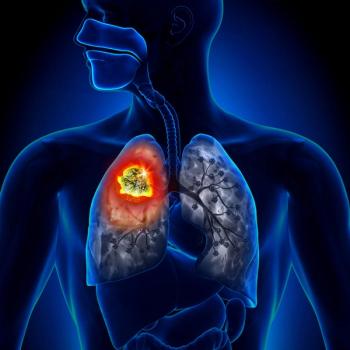
The decision from the Ministry of Health, Labour and Welfare was supported by phase 3 LUNAR trial results showing an OS benefit with Optune Lua in NSCLC.

Experts detailed key advances in myelofibrosis, multiple myeloma, and lymphoma at the Society of Hematologic Oncology 2025 Annual Meeting.

Data from a first-in-disease trial assessing a personalized cancer vaccine in RCC require validation at a larger level, according to David Braun, MD, PhD.

Ateganosine plus cemiplimab was well tolerated in patients with heavily pretreated advanced NSCLC, with most adverse effects grades 1/2 in severity.

Findings from the 2025 World Conference on Lung Cancer reflected key updates in the management of NSCLC, SCLC, and other lung cancer types.

All efficacy-evaluable patients with ES-SCLC treated with surufatinib, durvalumab, etoposide, and chemotherapy responded to treatment.

A group of community and academic oncologists exchanged ideas on optimizing therapy across different prostate, kidney, and bladder cancer populations.

Experts discuss considerations for improving the care of patients with prostate, kidney, and bladder cancer in community-based practices at World GU 2025.
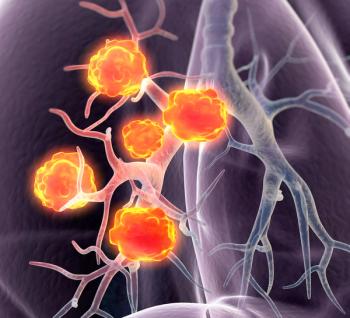
Full overall survival results with amivantamab plus lazertinib from the Asia cohort of the MARIPOSA trial will be shared at a future medical conference.

No new safety signals were identified with subcutaneous amivantamab in EGFR-mutant NSCLC, and infusion reactions were reduced vs the IV formulation.

Ziftomenib yielded a median overall survival of 16.4 months in responders with NPM1-mutant AML who received ziftomenib in the phase 1b/2 KOMET-001 trial.

Experts highlight methods for optimally treating patients with genitourinary cancers harboring variant histologies at World GU 2025.